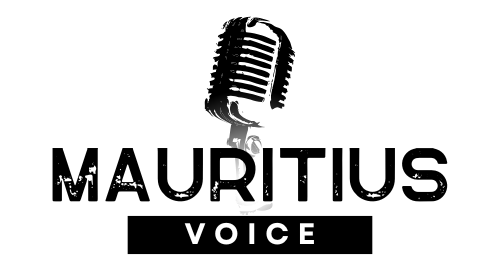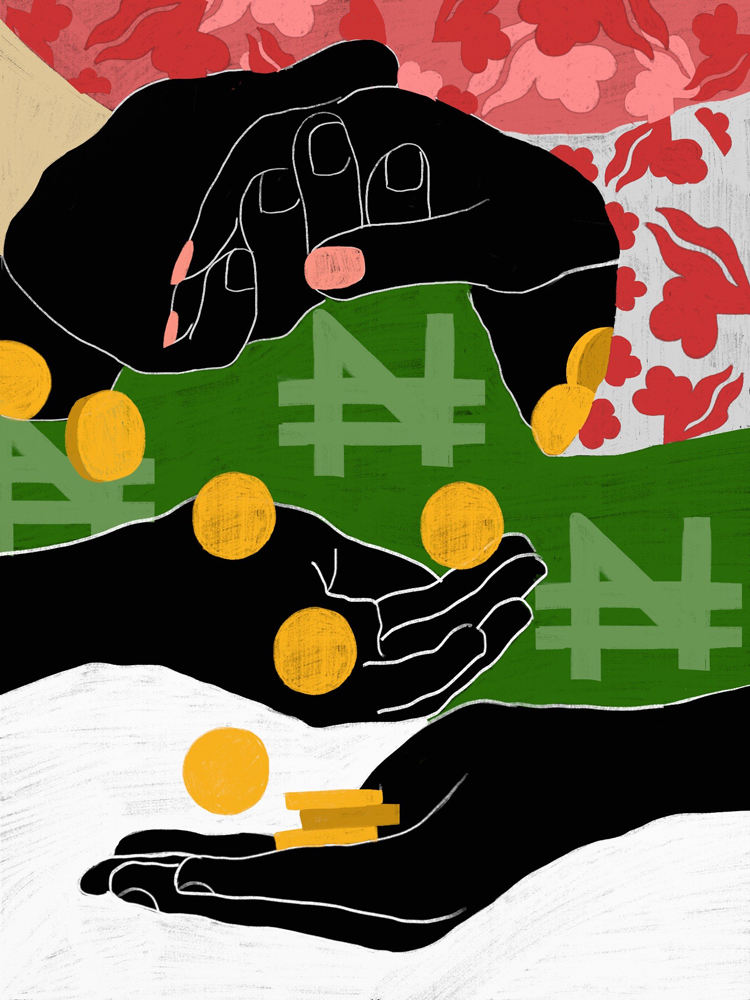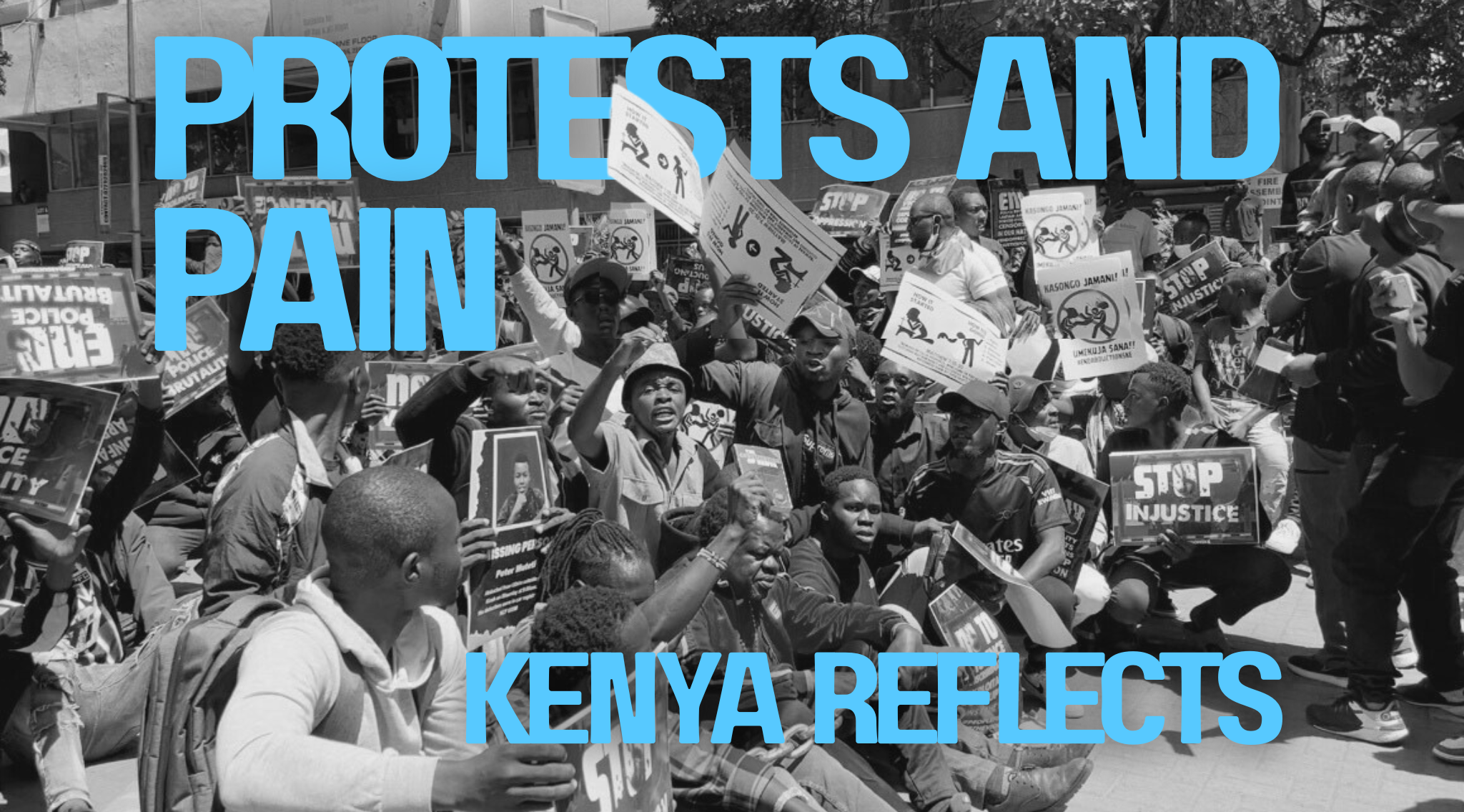Introduction: Why Silencing Critics Fails Today
In the modern digital era, silencing critics has become almost impossible. The rise of social media platforms, independent blogs, and instant messaging apps has transformed the way information spreads. Once an attempt is made to suppress a voice, the story often gains even more attention, spreading like wildfire across digital channels. This has changed the balance of power between authorities and the public, making transparency a necessity rather than a choice.
Silencing critics used to be a strategy that worked in traditional settings where access to information was limited. Today, however, this strategy often backfires, leading to public backlash and reputational damage. People have grown accustomed to questioning authority, analyzing statements, and sharing their opinions widely. The result is a culture where suppression is viewed as a sign of weakness rather than strength.
The importance of protecting free speech has become central to public trust. When individuals notice attempts at silencing critics, they often respond by amplifying the very message that was meant to be hidden. This is why businesses, governments, and public figures must rethink their approach and embrace open dialogue instead of censorship.
The Digital Revolution and the End of Censorship
The internet has created a unique environment where silencing critics is no longer a sustainable solution. A single post, once published, can be screenshotted, shared, and archived within seconds. Even if it is deleted later, the information continues to live on in the digital memory of millions of users. This reality has made attempts to control narratives far more challenging than in the past.
Social media algorithms often push controversial content to wider audiences because it drives engagement. Ironically, this means that trying to silence a critic can actually give their message more visibility. The phenomenon is often referred to as the Streisand Effect, where suppression efforts cause even greater public awareness. Organizations that fail to understand this dynamic risk damaging their reputation and losing credibility.
In addition, whistleblowers and citizen journalists have gained unprecedented power. They can expose wrongdoing with minimal resources, and the global audience is ready to listen. This shift has forced institutions to act more responsibly because silencing critics no longer protects them from scrutiny it only invites more investigation.
Public Sentiment and the Power of Collective Voice
Public sentiment plays a crucial role in shaping narratives today. People trust other people more than they trust official statements, which means that silencing critics can quickly turn into a public relations disaster. When the public perceives that a voice is being suppressed, solidarity often forms around that voice, creating a collective movement that is difficult to stop.
This collective voice is amplified by technology, giving ordinary citizens the ability to influence national and even international conversations. Campaigns against censorship spread quickly, gathering momentum and attracting media coverage. In many cases, the attempt at silencing critics becomes the very reason the story goes viral, reaching audiences far beyond the original context.
For businesses, politicians, and institutions, this means transparency is no longer optional. Listening to critics, addressing concerns, and engaging in honest dialogue are the most effective ways to maintain trust. The age of silencing critics has ended, replaced by an era of public participation and open discourse.
Psychological Impact of Silencing Critics
When people notice attempts at silencing critics, they often experience a psychological reaction that strengthens their opposition. This phenomenon is deeply rooted in human behavior: when information is restricted, curiosity and defiance increase. Instead of ignoring the message, the public becomes more determined to uncover it. This is why censorship often triggers stronger emotional responses than the original criticism itself.
Psychologists explain that suppression fuels what is known as the “forbidden fruit” effect. Once an opinion is labeled as dangerous or removed from public space, people perceive it as valuable knowledge that is being hidden from them. In the digital age, this reaction spreads quickly, as users share screenshots, repost content, and discuss it on forums. Silencing critics no longer ends the conversation it accelerates it.
Moreover, the target of suppression often gains credibility as a result. The act of being censored is seen by many as proof that the message is important, even if it is controversial. This dynamic can transform a single voice into a movement, with thousands rallying behind the cause. For governments, corporations, and public figures, this creates a serious challenge: attempts to control narratives risk building sympathy for their opponents.
The Role of Technology in Protecting Free Speech
Technology has democratized information sharing, making silencing critics an outdated tactic. Today, encrypted messaging apps, decentralized platforms, and cloud storage systems ensure that content cannot be easily erased. This technological shift has given whistleblowers and activists tools to protect their data and broadcast their findings globally, beyond the reach of traditional censors.
Blockchain technology and peer-to-peer networks are also emerging as solutions for permanent archiving of information. Once data is stored on a decentralized network, removing it becomes nearly impossible. This empowers individuals who face repression, as their messages cannot be silenced by a single authority. The result is a more resilient information ecosystem where voices remain heard despite suppression efforts.
Even major media outlets now rely on citizen reporting to verify stories, blurring the line between professional journalism and grassroots activism. This collaboration further weakens attempts at silencing critics because the message gains legitimacy when picked up by recognized institutions. Technology has shifted the balance of power permanently in favor of transparency.
Consequences for Institutions That Attempt Censorship
The cost of silencing critics has never been higher. Reputational damage can occur within hours, as social media users mobilize to expose censorship attempts. Negative hashtags trend, online campaigns demand accountability, and mainstream media outlets cover the backlash. This creates a public relations crisis that is difficult to recover from.
Legal consequences are also a growing concern. Many countries now have laws protecting whistleblowers and guaranteeing freedom of expression. When institutions attempt to suppress information, they may face lawsuits, regulatory penalties, or international condemnation. This is why legal teams are increasingly advising against censorship strategies, recommending dialogue instead.
Finally, businesses that try silencing critics risk losing customers. Modern consumers expect brands to be transparent and socially responsible. When a company is seen as suppressing negative feedback, it can trigger boycotts and viral campaigns that harm sales. This economic impact is one of the strongest incentives to abandon censorship and embrace open communication.
Global Examples of Failed Censorship
Across the world, countless examples show that silencing critics rarely works. In several high-profile cases, governments and corporations attempted to block investigative reports, only to face even greater exposure. International watchdogs and media outlets quickly pick up such stories, giving them a global audience. This cycle has repeated itself so many times that suppression has become a warning sign rather than a solution.
One striking example comes from international human rights organizations, which have documented how online campaigns spread faster when censorship is applied. According to a Human Rights Watch report, attempts to control online speech often backfire, amplifying criticism and encouraging civic resistance. This demonstrates that silencing critics has become a losing battle in the interconnected digital era.
The lesson is clear: transparency is no longer optional but a fundamental requirement for trust. By learning from these global examples, institutions can avoid the reputational harm that comes from trying to hide criticism.
Constructive Dialogue as an Alternative
Instead of silencing critics, successful organizations now focus on constructive dialogue. They monitor public opinion, respond to concerns, and provide detailed explanations to maintain credibility. This proactive approach not only prevents backlash but also turns critics into collaborators. When individuals feel heard, their tone often shifts from hostility to cooperation.
Engaging with the public has been shown to increase trust and loyalty, even in difficult situations. For example, some governments have created online portals where citizens can submit feedback and complaints openly. This approach has reduced tension and created a sense of shared responsibility. The result is a healthier relationship between institutions and society.
For readers interested in more examples of public participation and its impact on governance, you can explore this Public Opinions Mauritius section where similar cases are regularly analyzed and discussed.
Conclusion: A New Era of Accountability
The age of silencing critics is over. Modern technology has shifted the balance of power, empowering individuals to speak freely and share information instantly. Attempts to suppress criticism only strengthen public resolve, spread messages faster, and damage reputations. The most effective strategy today is openness, transparency, and engagement.
Institutions that embrace this reality will thrive in the digital age. Those that resist will continue to face public backlash, legal challenges, and economic losses. Silencing critics is not just ineffective it is counterproductive. The path forward lies in collaboration, honesty, and a willingness to listen to every voice.




